According to the Autism New Zealand website, Autism Spectrum Disorder (ASD) is a neurodevelopmental condition that affects cognitive, sensory, and social processing, changing the way people see the world and interact with others. From a Maori perspective, Keri Opai coined the term Takiwātanga - “In his/her own time and space.” This beautifully reflects the idea that each autistic person experiences the world in their own unique way.
Traditionally, ASD has been thought of in a linear way that suggests one can be ‘more’ or ‘less’ autistic depending on where they sit on the spectrum. There are many characteristics that contribute to autism and as the image below from camhsprofessionals.co.uk shows, individuals can possess tendencies in various degrees in each characteristic. Oftentimes these characteristics impact the way information is received for autistic students, and teachers must think outside the box when planning learning experiences and assessment for them.
Muskaan is a Year 2 Wairakei student with autism. Muskaan’s communication is particularly impacted in that she is hypo verbal and doesn’t use oral language to communicate with others. This provides many challenges. How can others understand what Muskaan is trying to tell us? How can they help Muskaan to understand what is being asked of her? How can information be gathered on what Muskaan can do and what she is yet to learn?
One of the primary ways to communicate with Muskaan is via the ‘core board’ and with picture prompts. The core board is a visual communication system with words and pictures that reinforce verbal information. At lunchtime a picture of her lunchbox and her drink bottle are used to reinforce the message that it’s time to eat. Pictures of people to help her understand who will be working with her. Images of curriculum areas and places in the school help Muskaan prepare for what will be happening next. Muskaan is encouraged to access the core board to communicate with staff and her peers. It’s a work in progress.
In terms of academic learning, understanding what Muskaan knows and is able to do is a challenge. Different ways of assessing her knowledge in each curriculum area are undertaken. Via observation, teachers knew Muskaan could put the letters of the alphabet in order however there was some concern that she did not know the phonemes (sounds) that each letter represents. During a recent alphabet ordering session, Muskaan was placing alphabet blocks down in order and I began saying the phoneme for each letter. If the letter sound was wrong, she would pause and wait, only moving to the next letter when it was said correctly. This gave a great deal of information regarding her letter/sound knowledge.
In a similar situation I was able to confirm that Muskaan has a clear understanding that letters can make words and that she can construct words independently. During an activity using magnetic letters, Muskaan began making three letter (cvc) words ending in ‘at’. As she moved the letters up I said the sound and then, once completed, the whole word. An incorrect word was met with a pause until I said the right word.
Suitably informed with what Muskaan knows, progr to further her learning. Purposeful observation also tells us that while Muskaan appears to pay limited attention to lessons and activities in the classroom, she is clearly engaging in her own way. She may not display her knowledge the way other students do, but she is knowledgeable.
In addition to communication, much of our planning for Muskaan is centred around social interaction. She often chooses a buddy to read with during silent reading time. Beau is a friend that Muskaan often chooses to work with. Sometimes they read the same book together and other times they enjoy different books while sitting side by side. Muskaan is learning that with her peers is a good place to be.
Muskaan is becoming increasingly independent in the playground. At the beginning of the school year, she relied heavily on adults at school and struggled to play during break times without a trusted adult near her. She is now able to play independently and alongside her peers at morning tea and lunchtime . This shift shows a significant improvement in her confidence and her understanding that Wairakei Primary School is a safe place.
Muskaan’s journey is a reminder that learning and communication do not look the same for every child whether they are neuro-diverse or otherwise. By observing closely, adapting our approaches, and using tools like visual supports and peer relationships, we see the depth of understanding and capability that may not be immediately obvious. Muskaan is thriving in her own time and space. Her progress demonstrates the importance of responsive, inclusive teaching that recognises the unique ways each child experiences the world.
For more information about Autistic Spectrum Disorder:
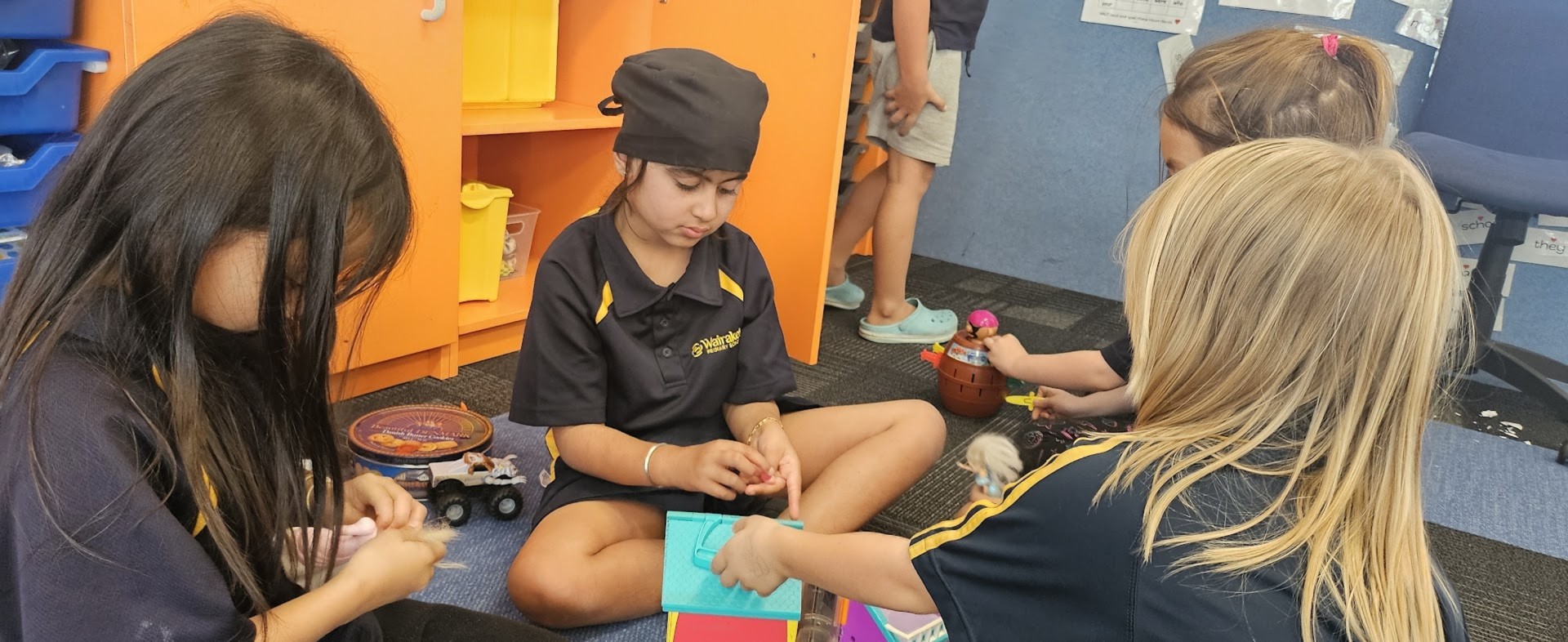
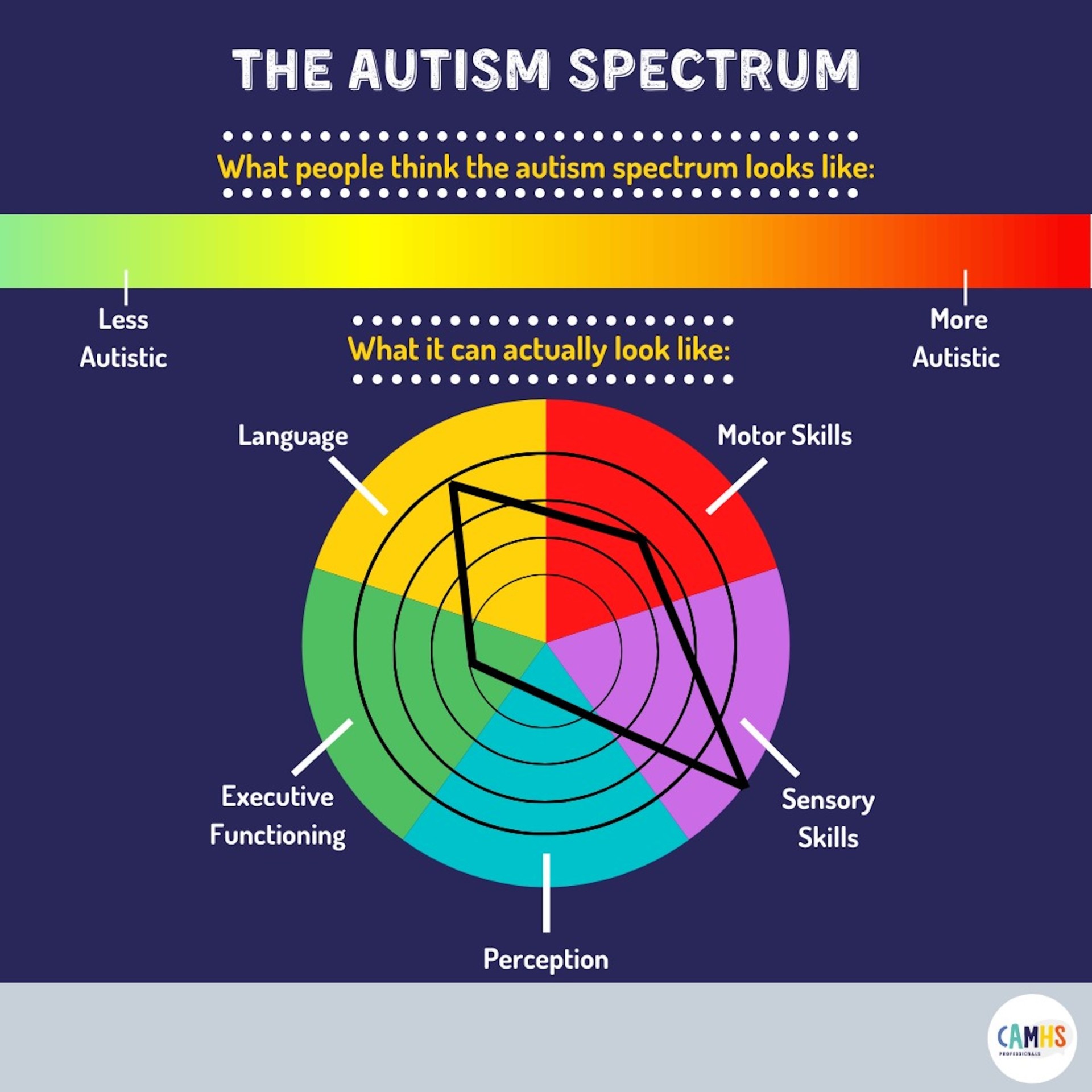
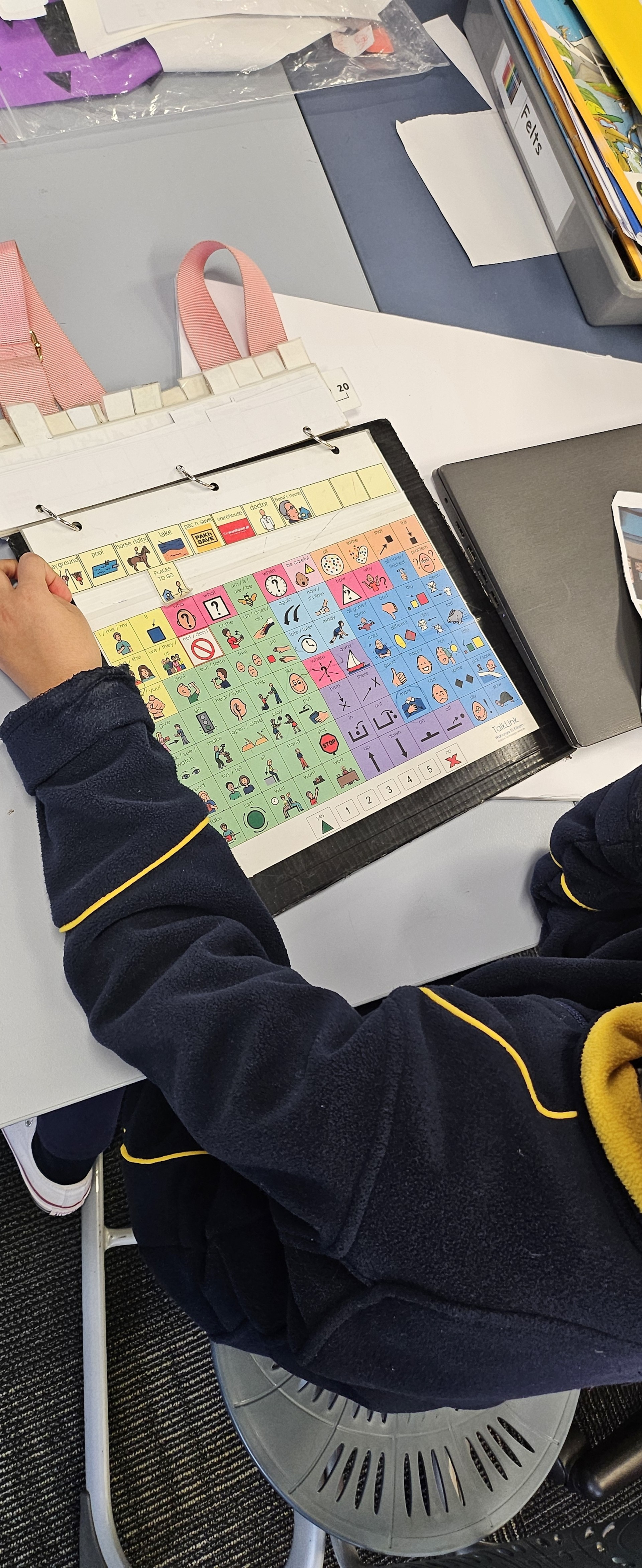
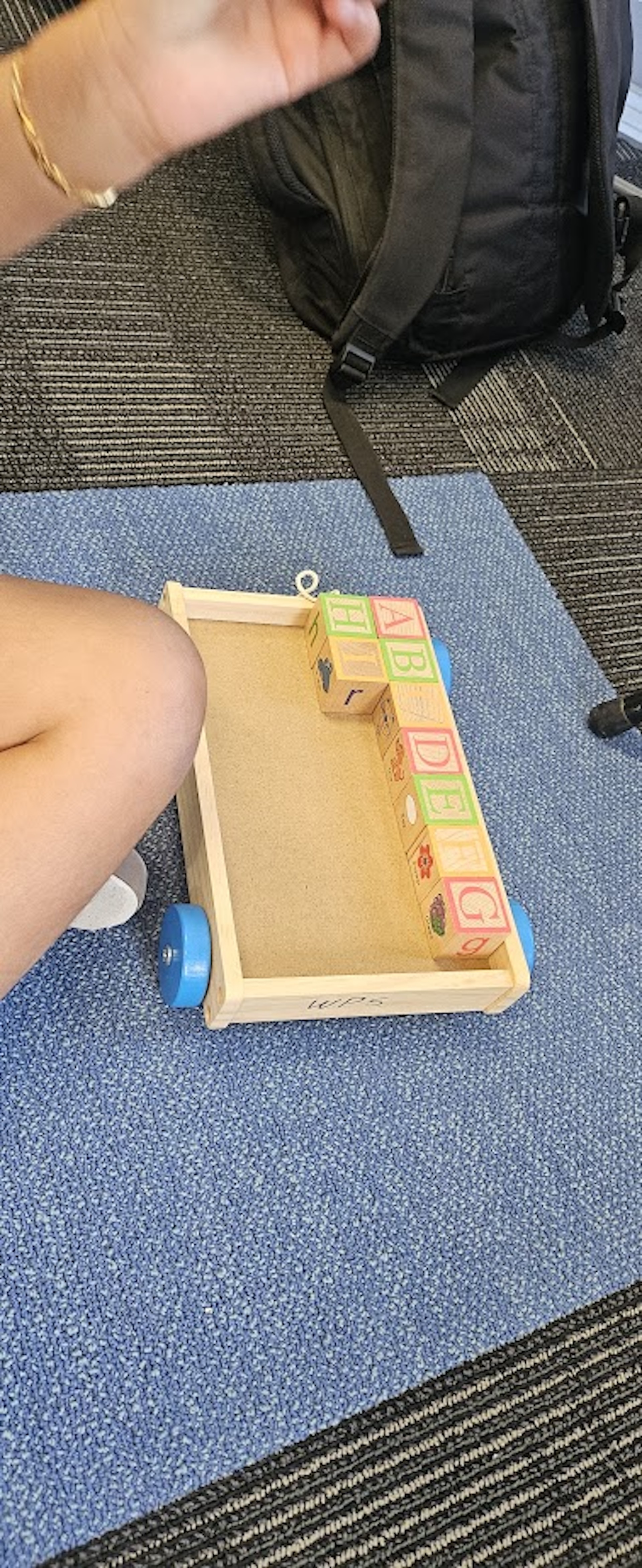
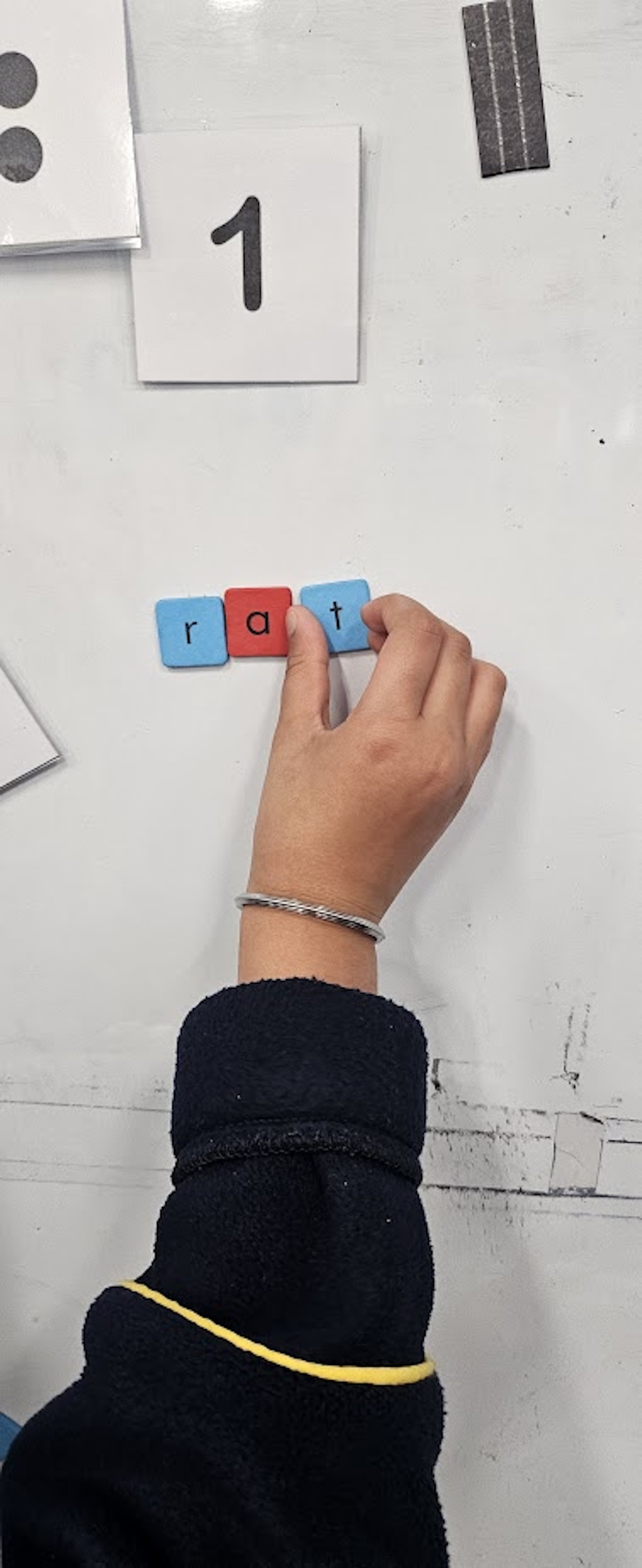
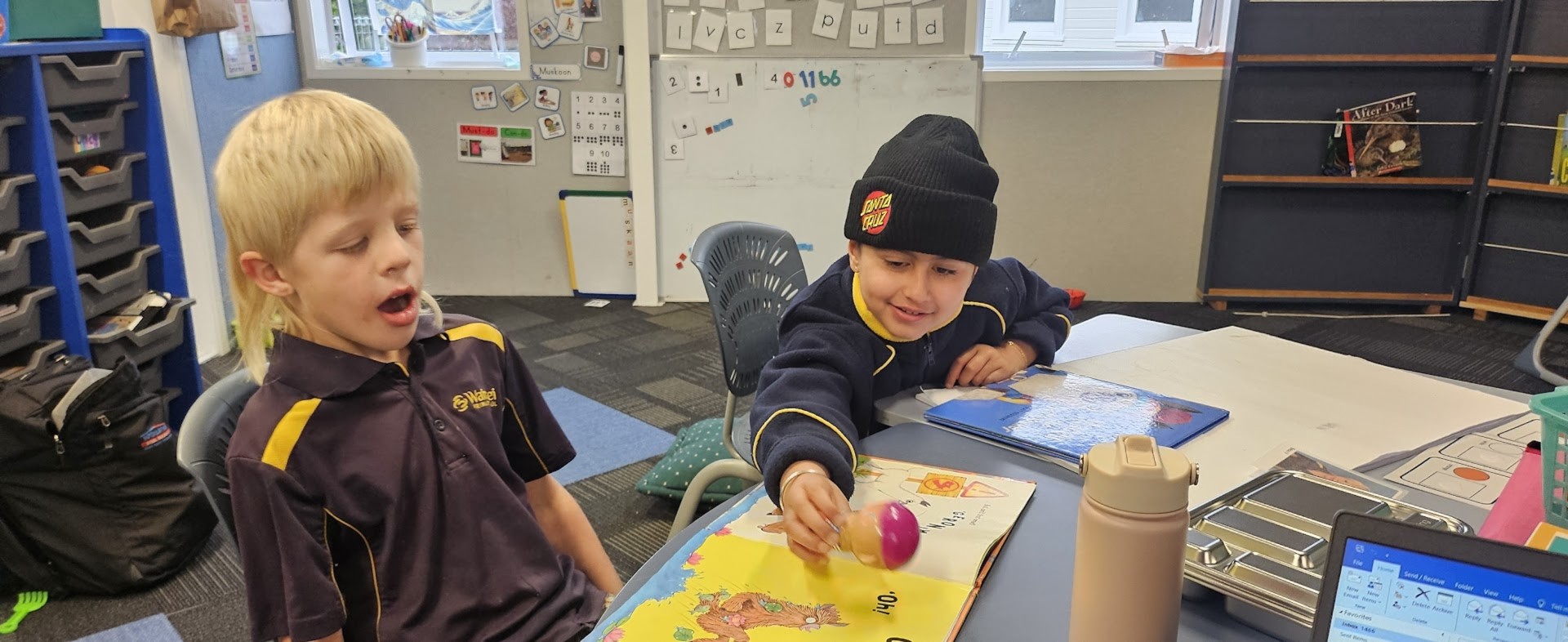
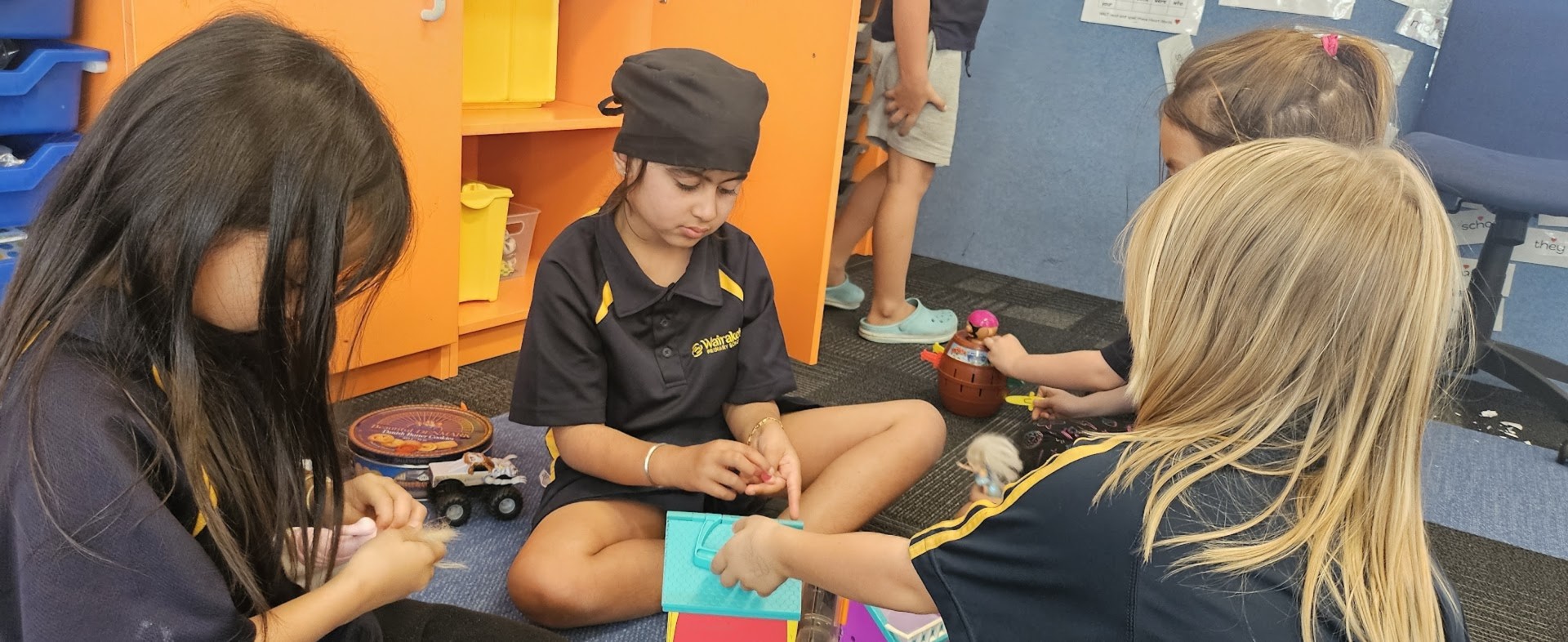
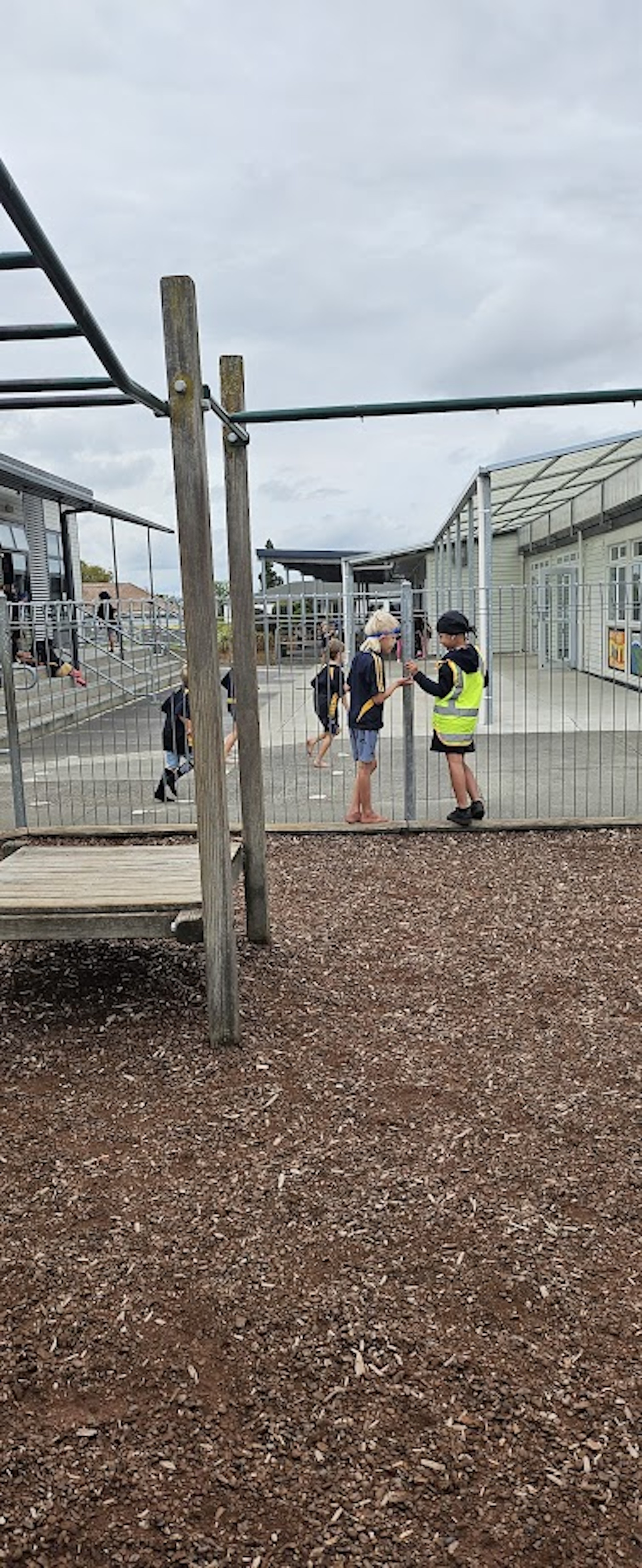

Comments
No one has commented on this post yet.